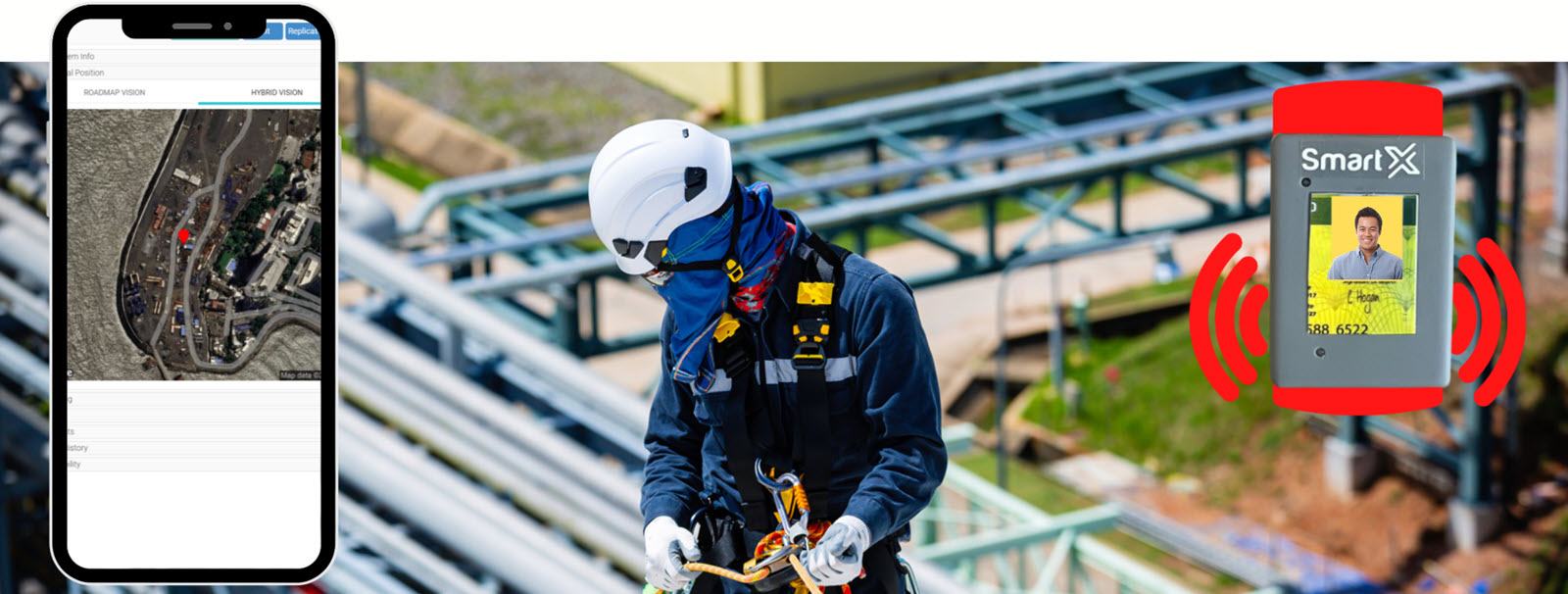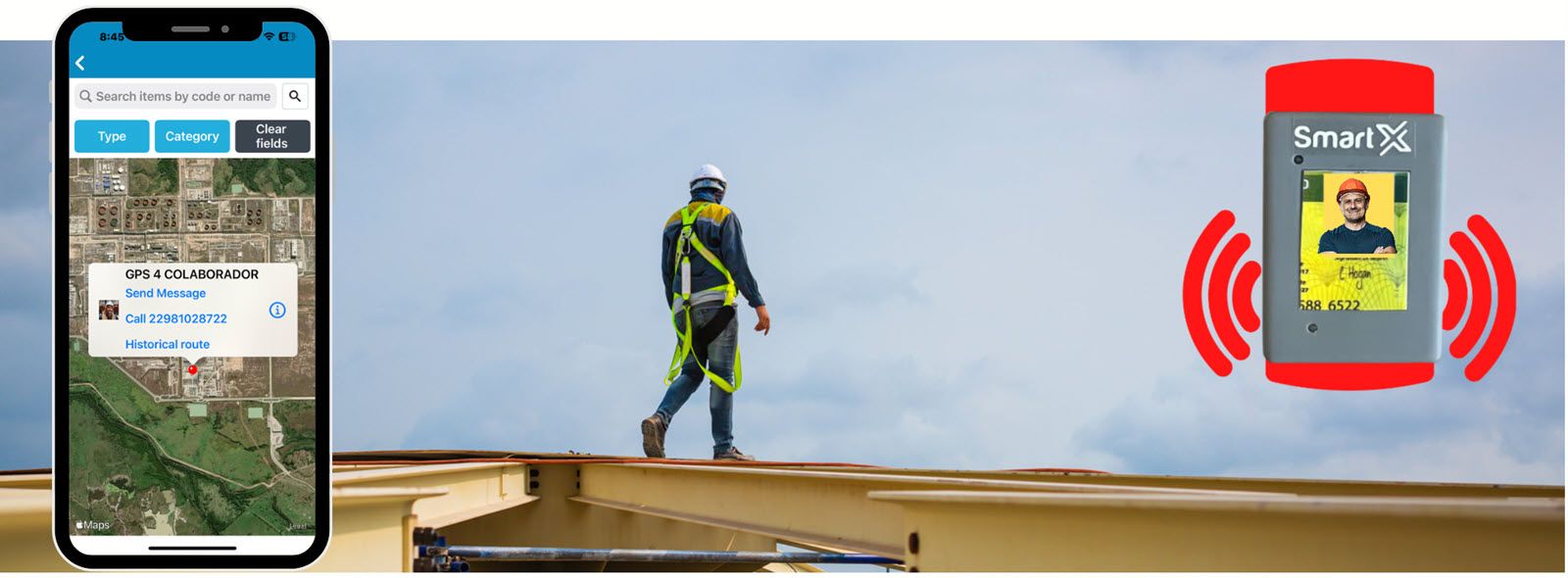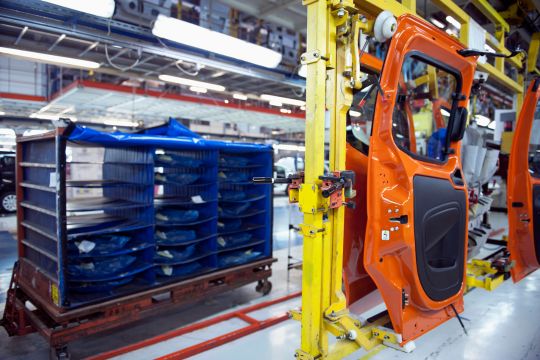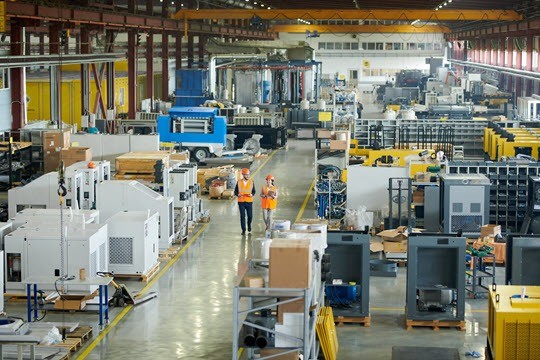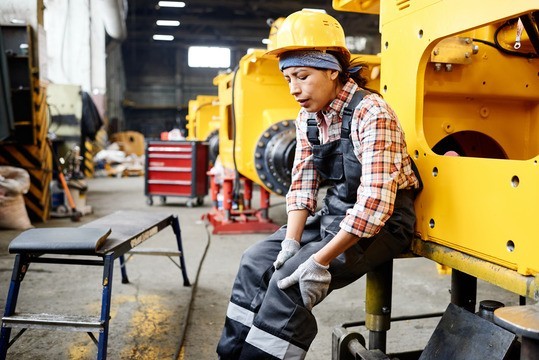- Solutions
Intelligent asset management
Track asset performance, execute maintenance and service, and maximize uptime with advanced technologies.
supply chain automation
Deliver as promised with risk-resilient, reliable, and sustainable logistics operations.
Worker health and Safety
A revolutionary convergence of personal and process safety that improve efficiency, safety and reliability.
- Industries
- IoT Platform
asset management
security
- Resources
Resources
Products
Success Stories
RTLS Fundamentals
- Blog
- About
- En-US

